Last updated on March 22, 2024
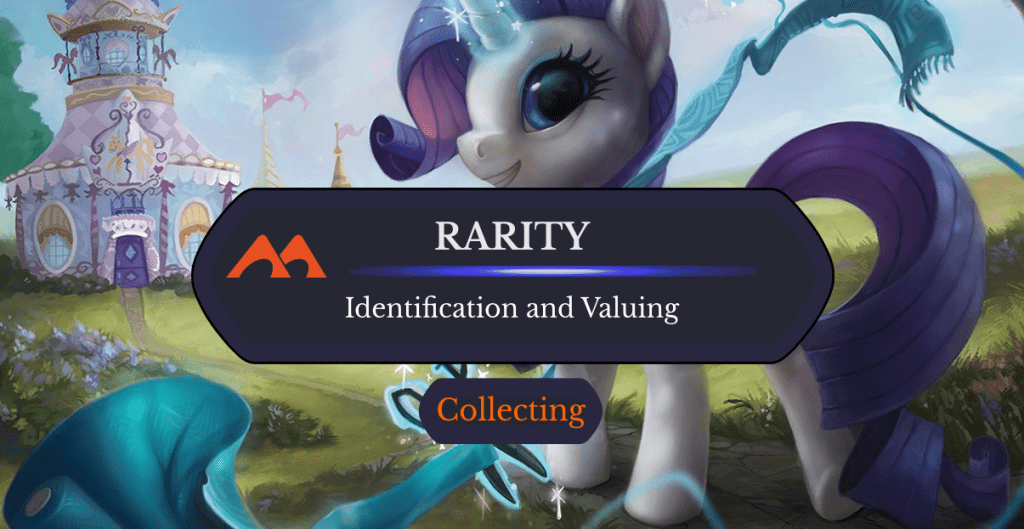
Rarity | Illustration by Andrea Radeck
We all know the excitement of opening a pack and seeing that mythic rare card looking back at us. Each Magic card has a rarity and, as a general rule, rarer cards are usually better. They’re either stronger or more flexible, opening the way to more complicated combos. Of course, size rarity itself isn’t everything.
MTG is more than 30 years old now, and the card frame has changed a lot. The earliest expansions up to Homelands didn’t have any rare cards and were packaged in 8-card boosters with six commons and two uncommons. After Mirage, most sets were released in 15-card booster packs that usually contained 11 commons, three uncommons, and one rare. Mythic rares were introduced with Shards of Alara in 2008. With Murders at Karlov Manor draft and set boosters were merged into the play booster which solidifies the potential to pull up to four rares in one pack.
There are some additional types of special cards, but we'll get to that in a bit. For now, let's take a look at the rarities, what they are, what they mean, and how to tell them apart.
What is a Card’s Rarity?
A card’s rarity, as the name hints, indicates how easy it is to get from booster packs. In general, there are four rarities in MTG: common, uncommon, rare, and mythic rare.
Before we get into it, let’s summarize. The rarity of a card is indicated by the color of its expansion symbol. The symbol itself shows which set the card belongs to, and its color indicates its rarity. Common cards have a black and white symbol, uncommons are silver, and rares are gold. Mythic rares are the least frequent cards you can find, and they have a bronze symbol.

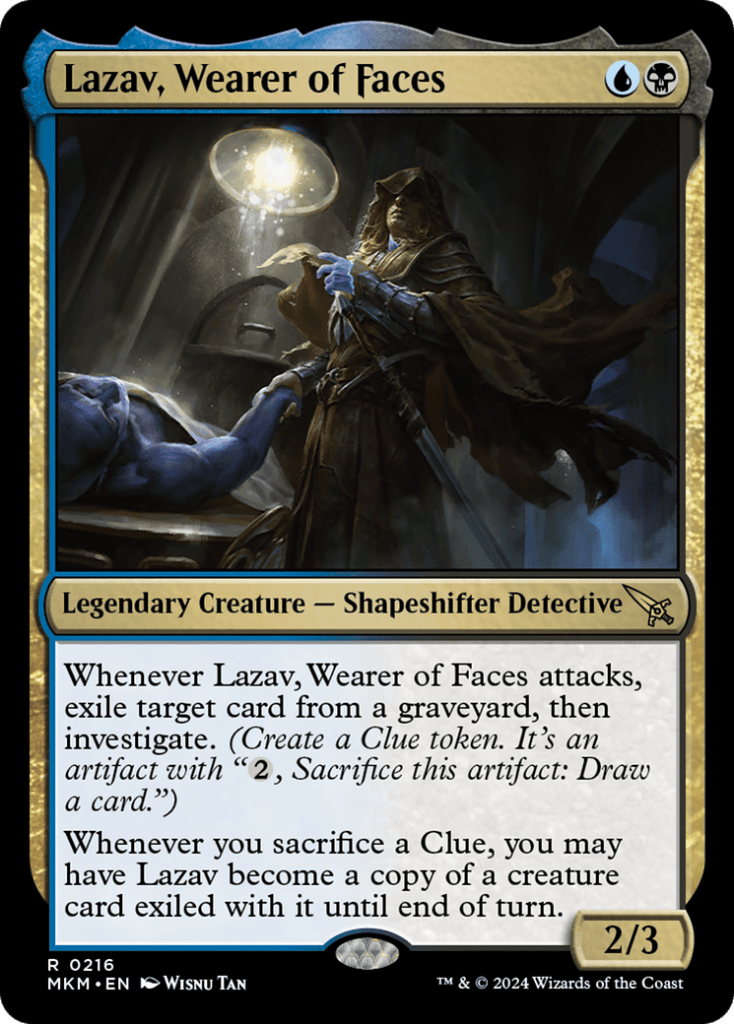
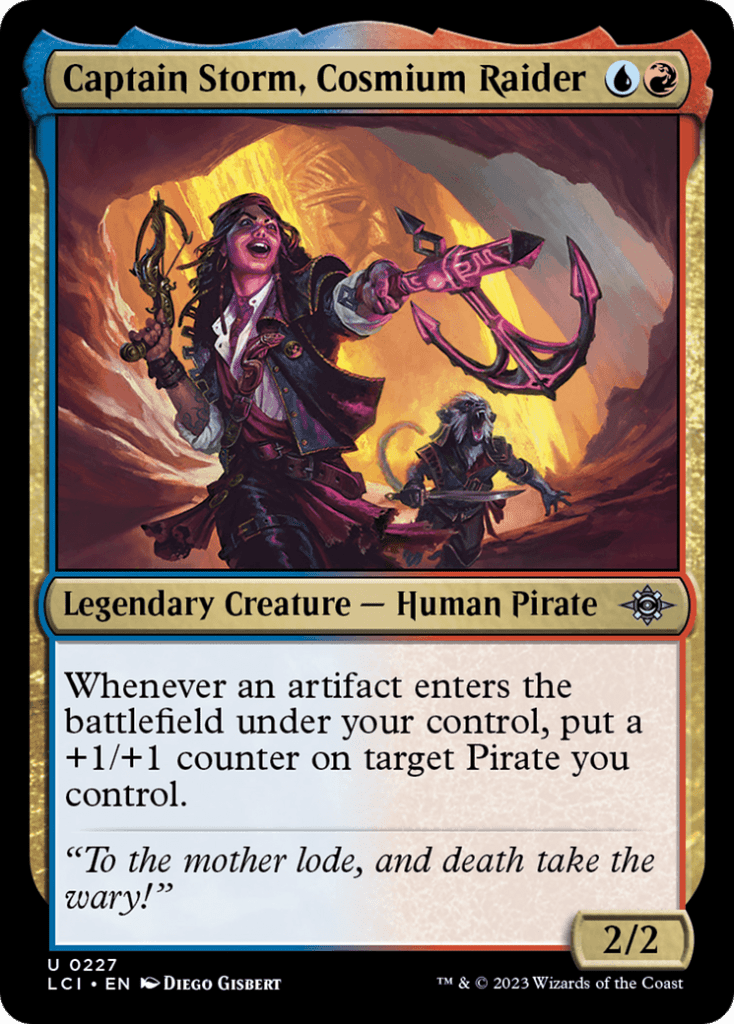

Play booster packs follow this composition:
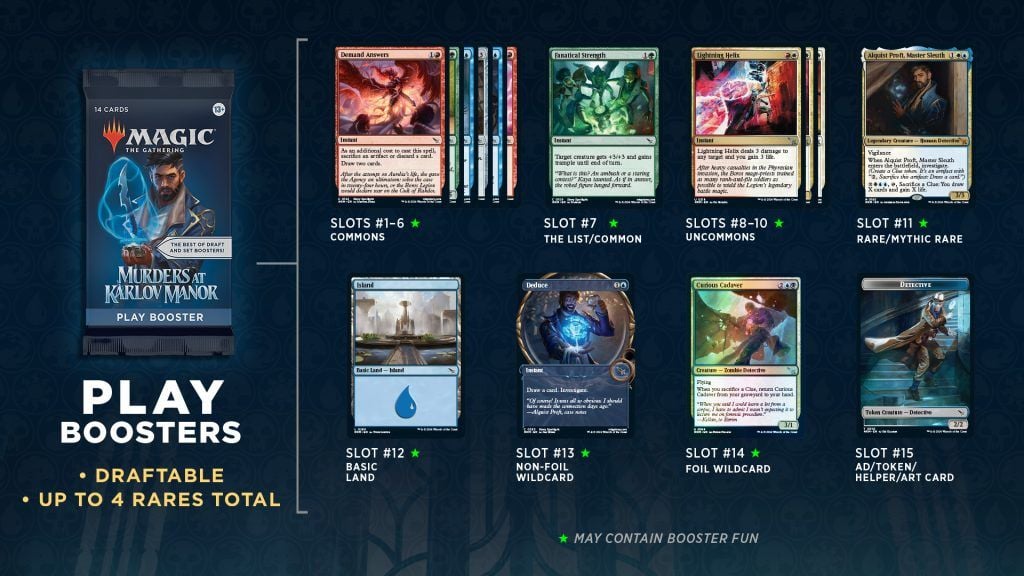
There are 14-card Play booster packs are guaranteed at least six commons, at least three uncommons and three cards that could be any rarity. You also get the chance that one of the common cards will be replaced by a premium foil card of any rarity, one of which is foil. The 15th slot is for a nonplayable token or ad card which has a 5% chance of being a foil-stamped signature art card.
Now let’s take a look at the different rarities.
Common
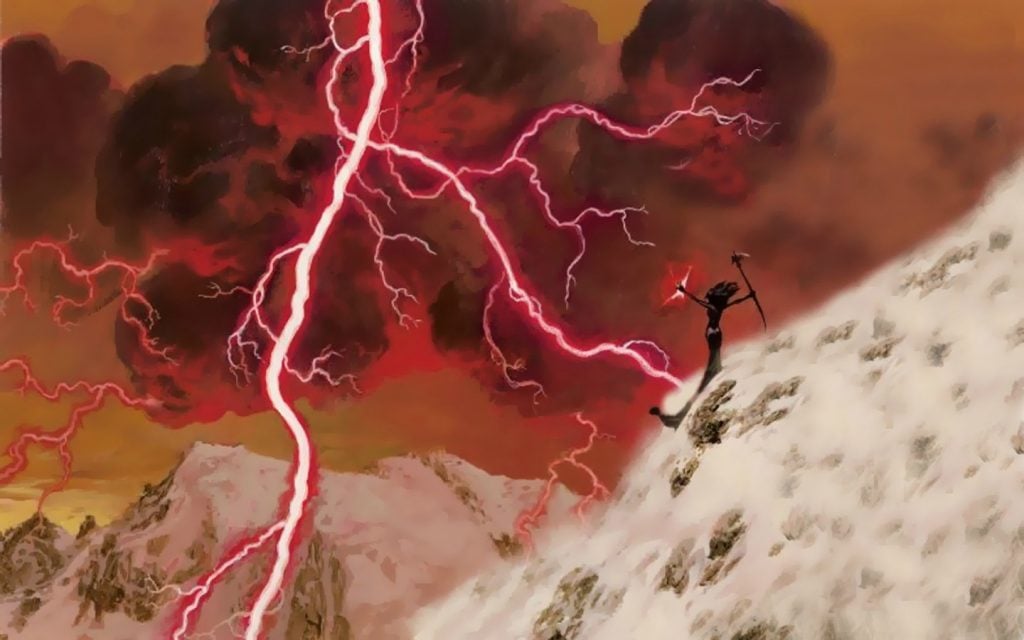
Lightning Bolt | Illustration by Christopher Moeller
Common cards are the most abundant cards in the MTG community. You’ll get plenty of them each time you open a new pack. They’re usually not that flashy, but they’ll form the skeleton of your decks. Some commons are pretty expensive, and some of them are even preferable to cards with higher rarity. After all, it’s not by chance that you see plenty of Lightning Bolts flying around.
Uncommon
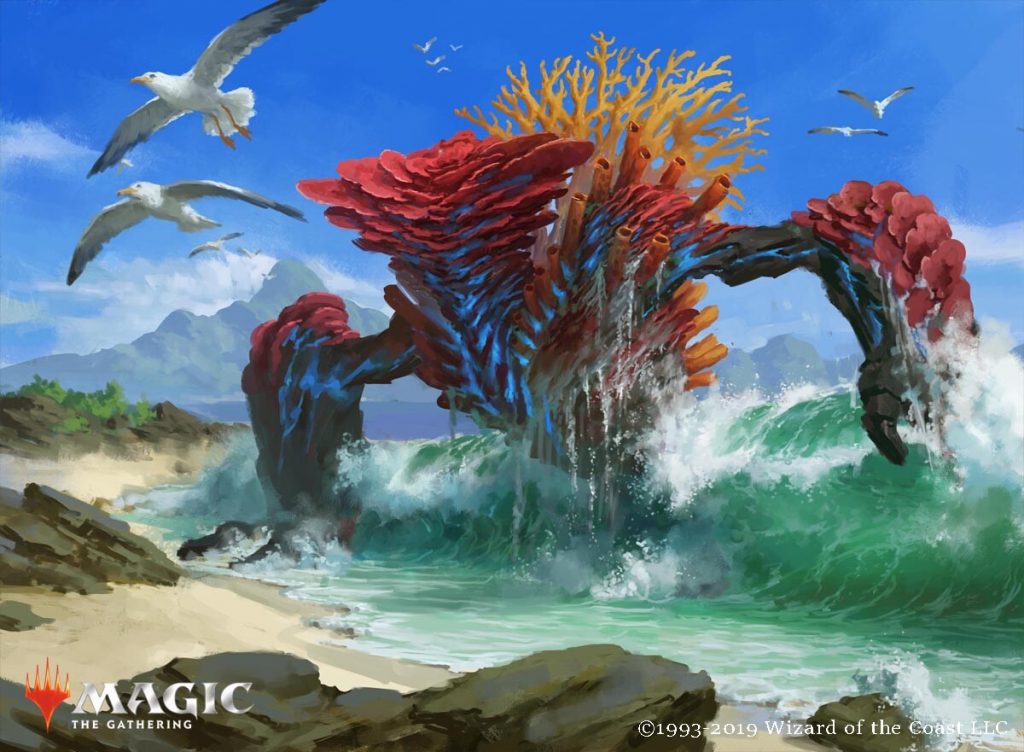
Risen Reef | Illustration by Johan Grenier
You get three uncommons each time you open a pack, and they’re usually more useful than commons. They’re not game-changers, but you’ll use them to form the core of your decks. Some uncommons, like Risen Reef, are pretty troublesome to deal with. Even to the point that most people ignore rares and mythic rares to build their entire deck around cards like it. Uncommons are often more complex than common cards.
Rare

Planar Cleansing | Illustration by Michael Komarck
This is where MTG cards truly start to shine. Rare cards are marked with a golden symbol and are often quite powerful. Sometimes they’re very straightforward, such as a board wipe like Planar Cleansing, and sometimes they’re a bit more tricky but still very useful, like Gix's Command.
Mythic Rare

The Ur-Dragon | Illustration by Jaime Jones
The final rarity is mythic rare. These are the most difficult to come by but are often game-changing. They have a 1/7 chance to replace the guaranteed rare, so you won’t get a lot of them. That said, you should definitely put them in a sleeve whenever you find one. They’re very valuable even if you don’t use them in your decks, maybe they're best in another format. When you get a mythic rare, you’re somewhat more likely to find the one you want from a pack as there aren’t too many mythics in each set.
What Special Rarities Are There?
There are some other rarities. These usually belong to a special set, like Kaladesh Inventions and Amonkhet Invocations. Kaladesh Inventions was released in 2016 with 54 foil artifact cards randomly scattered in the Kaladesh block packs. Amonkhet Invocations was the same, except it was inserted in the Amonkhet block boosters.
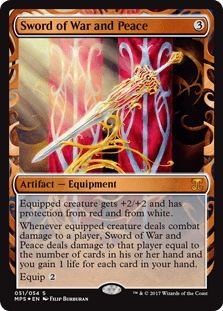
Both of these special sets belong to the Masterpiece Series. Their actual rarity varies. For example, around 1 in every 144 boosters contained a Masterpiece for Kaladesh but for Amonkhet, it was 1:129.
There’s also the timeshifted rarity. These were featured in the Time Spiral block. Timeshifted cards consist of various cards that have been reprinted in one of the sets in the block. Time Spiral has 121 cards with this rarity, Planar Chaos has 45, and Future Sight has 81. They’re also dubbed “futureshifted,” as the set itself had some hints about where the game would go in the future, such as references to unexplored planes.

In Strixhaven, there are a set of “Mystical Archive” cards. There are a total of 63 Mystical Archive cards that are reprints from the most famous instants and sorceries in MTG history. Each Strixhaven draft and set booster includes one Mystical Archive card, and collector boosters have at least three of them. Mystical Archive changes the rarity of their originals, but they don’t change their legality.
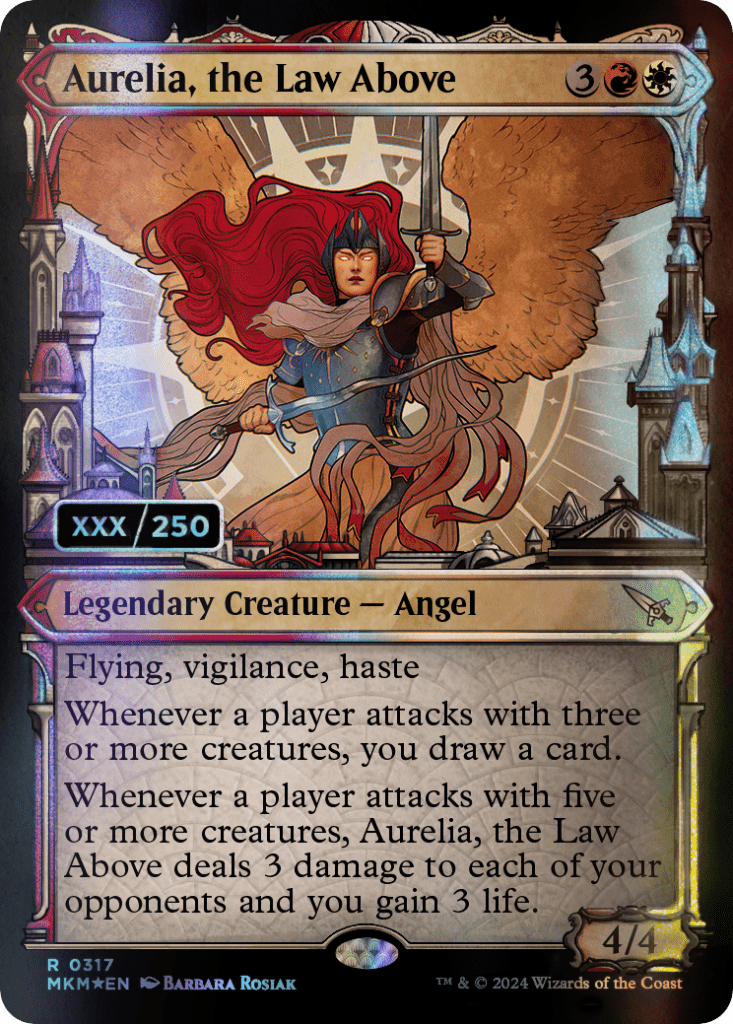
Finally, there are special serialized cards and one-of-one cards. In the case of Murders at Karkov Manor, 250 of each serialized card are potentially found in collector boosters. These cards are very limited in supply and include things like the exclusive The One Ring card that Post Malone bought.
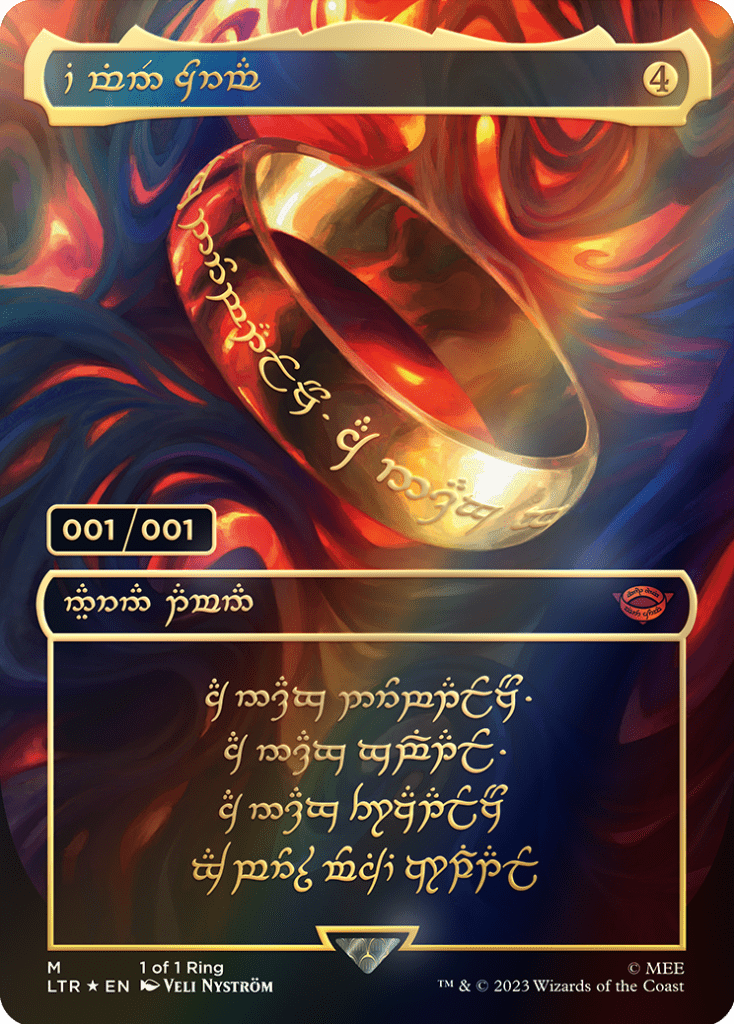
How to Tell a Card’s Edition
Some cards in MTG get reprinted in later sets. They’re functionally the same, but their art usually goes through an update. It may sound somewhat weird, but the price of any card can change a lot according to its set. Sometimes because of their collection value, sometimes because newer cards might be in better condition, and sometimes for the very simple fact that they’re cooler (ie, the art). You can find out which set any card belongs to with the set symbol on the (often) right side of the card. This might affect their rarity, even if the card is functionally the same.
Let’s use some examples. Take a look at Opt, which has been reprinted loads of times. You’ve got three versions here: Throne of Eldraine, Strixhaven Mystical Archive, and a Secret Lair release.
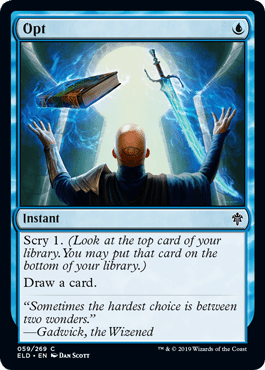
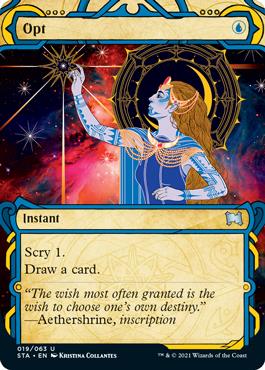
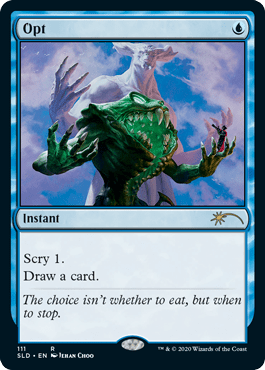
The first place to look is in the lower left corner of the card — see that three-letter code? ELD means Throne of Eldraine. STA means Strixhaven Mystical Archive. And SLD is Secret Lair. You can cross-check these against a list of set codes.
Older cards don't have a set code so, you need to know the symbol for each set to be able to tell on-sight, but a quick search over on Gatherer can help you out when you’re not sure.
How to Check a Card’s Value
If you want to pick up a specific single or sell one of yours, you’ll first need to figure out how much it’s worth. Visiting TCGPlayer is usually the easiest way to do this. If you search for the card you want on the main page, it’ll bring you various editions, their condition (from mint to played), and whether or not they’re foil copies.
The prices change a lot, ranging from a couple of dollars to thousands depending on the card, the condition, the set, etc. If you’re only looking for a specific card to fit in your deck, I’d say consider their condition first and edition later. But if you’re going for a great collection, get ready to burn your wallet.
Also, if you are a very inexperienced collector, you may want to make sure that someone isn't selling you a proxy instead of a real card.
“Rare” Doesn’t Mean Valuable
Before wrapping everything up, I want to underline one last thing: just because a card is “rare” doesn’t mean that it’s automatically valuable. Yes, rarities often determine how useful or strong a card is, but this is only one factor. Sometimes an uncommon card is such a great fit for many decks that they quickly raise their price, while some rare cards just don’t perform that well.
Sometimes it isn’t until a new set is released that a certain card finds a place in the meta. For example, if you search Demonic Tutor, an uncommon card, in TCGPlayer, you’ll see that it fetches quite a price. Even then, it’s usually out of stock. But Planar Cleansing, a rare card that destroys pretty much everything, doesn’t even cost a single dollar.
Wrap Up
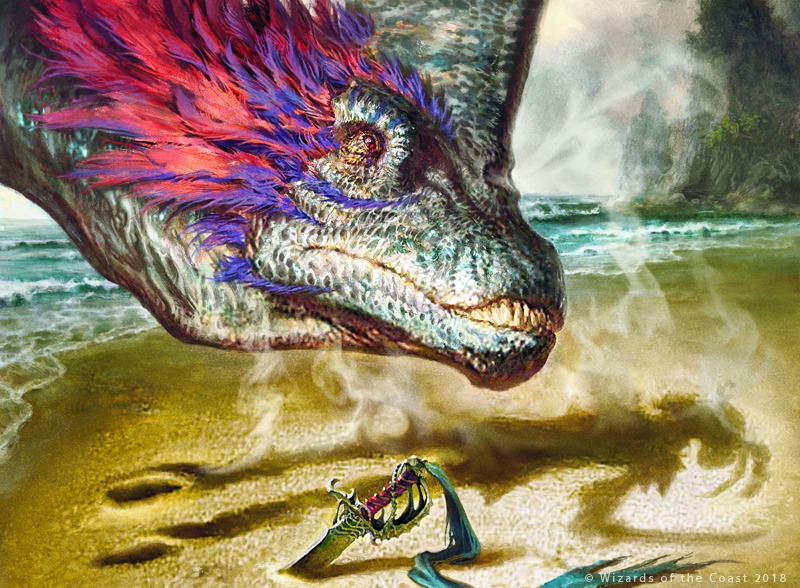
Baffling End | Illustration by Mathias Kollros
Well, that’s it for rarities. It sounds simple, but as you can see, there’s a lot going on when it comes to MTG. It’s probably impossible to calculate how big the market for MTG cards across the world is, but even the bulk value of all cards released in the past 30 years would point to millions at least.
There’s a reason why the secondary market for Magic is so big. We’re all opening packs like there’s no tomorrow, and we all love that sweet feeling of unveiling a great card. Sometimes they’re valuable in terms of dollars, but it’s sometimes the sentimental value that means more.
Anyway, I hope you’ll find that one valuable card you want, even if it’s just for the bragging rights.
Follow Draftsim for awesome articles and set updates: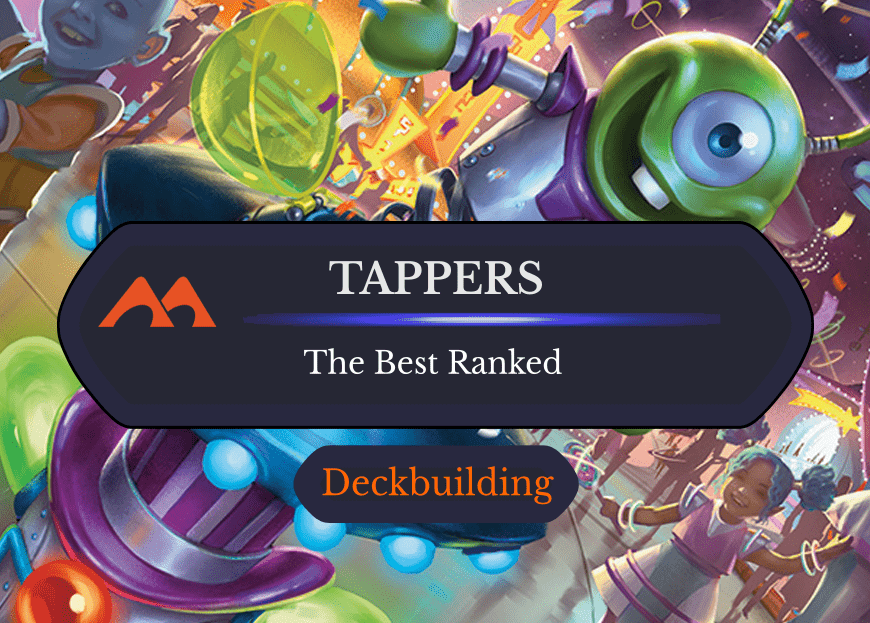
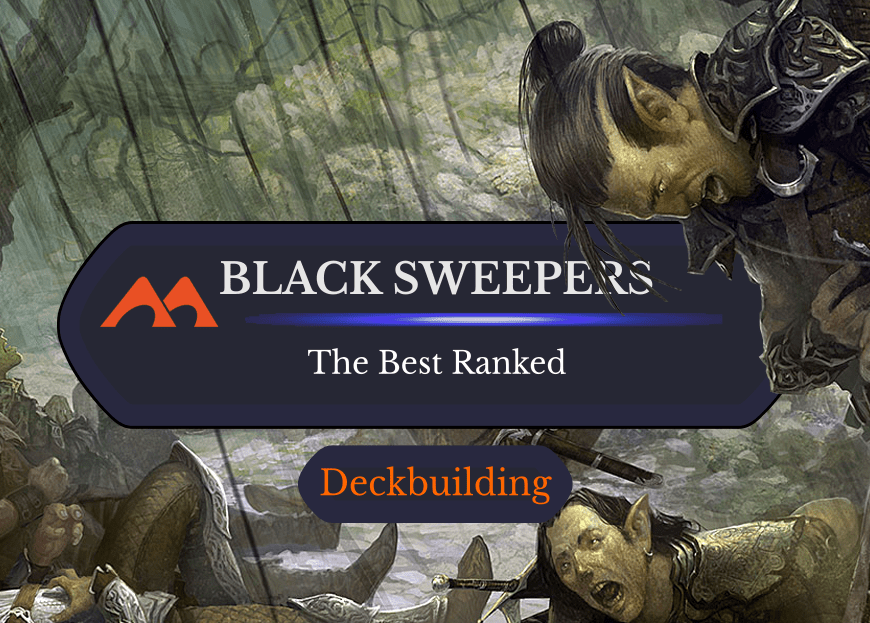
2 Comments
20
What does the 💫 symbol mean?
21
That could be a promo card – can you give an example card name?
Add Comment